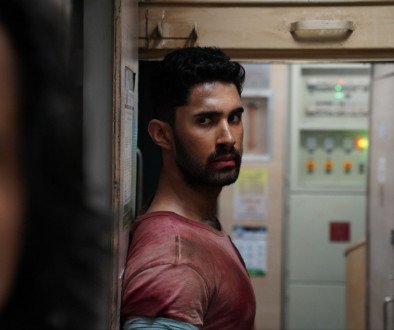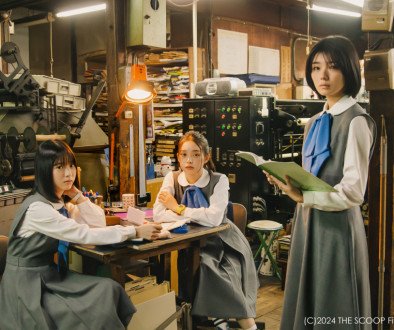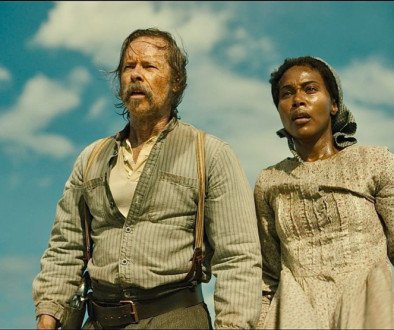THE INVISIBLE SWORDSMAN – Arrow Video Blu-Ray Review: Yoshiyuki Kuroda’s Vivacious Revenge Dramedy
Pre-order your copy of The Invisible Swordsman at Arrow Video.
Months away from its bankruptcy, Daiei Studios saw the release of one of director Yoshiyuki Kuroda’s earliest works, The Invisible Swordsman, starring Osamu Sakai in the title role. Arrow Video is lending a 1080p HD presentation on limited edition Blu-Ray for the film’s release on June 24, 2025.
A lively theme song kicks things off with a fencing match that inaugurates the story of Sanshiro, a feckless kendo pupil who finds himself thrust into a mission of vengeance when his samurai father is murdered while on nightwatch. The culprit? The leader of a band of thieves who bare aspirations of accumulating wealth to dominate and take over Japan.
Mysteriously landing between worlds amid his grief, Sanshiro is approached by a Shokera (Tokio Oki), a spectre who consults and guides him atop his quest with word of a mix of ingredients which, when combined in a strict method, turns into a green potion that can turn him invisible. As such, Sanshiro follows through and produces enough for three vials, using his gift to infiltrate the thieves and unmask his father’s killer, but his powers are limited with each consumption, forcing him to act fast before he runs out.
Sakai is fantastic in the lead role of Sanshiro, with notable support by actress Yoko Atsuta in the role of Osuzu, and Sonosuke Sawamura who stars in one of the film’s core antagonistic roles. The rest of the cast is comprised largely of apt performers in the comedy arena who are otherwise solid in their roles.
The film’s action is largely a framework of gags through practical effects and methods of cinematography to produce the film’s centerpiece spectacle: an protagonist using his invisibility to his advantage. The scenes are smartly crafted and fun to watch for all audiences, with little sword violence on display so as to make it suitable for kids. The final duel is a solid scene that puts it all on the line for our protagonist and serves as a neat little bookened to a fun family flick with an upbeat finish.

Author and historian Jonathan Clements calls The Invisible Swordsman, “an odd film,” among other things in his commentary for the Arrow Video release. His oration is definitely one of the most fun ones I’ve listened to as he deep dives on many aspects of the film and its cast and crew, including Hiroshi Imai and his cinematography, the state of Japanese cinema with respect to Sakai taking the role, and much, much more.
The extras continue with seperate video essays by film critic Kim Newman, and Japanese cinema expert Jasper Sharp in which they respectively discuss the film, the topics of invisibility and its historical use in film and literature and much more. The disc also comes with a sweet little image gallery of posters and stills from the film, with the package including a reversible sleeve with original and newly commissioned artwork by Jolyon Yates, and an illustrated collector’s booklet wuth new writing on the film by Zack Davisson.
I haven’t seen the booklet or the artwork as this review was solely for a check disc copy of the release. Needless to say, Arrow Video has another winner on its hands. I’ve been a fan of Kuroda ever since I managed to catch up to the Lone Wolf & Cub movie franchise in which he directed the sixth and final entry of that saga. It makes sense that he directed The Invisible Swordsman considering how awesome the action in “White Heaven in Hell” was, and I really need to brush up on “Shadow Warriors” seeing that that show is available for streaming here in the states.
At any rate, my favorite feature on The Invisible Swordsman LE Blu from Arrow is Clements’ commentary. He delivers with clarity and brevity and nary leaves a pause, and his consistency will keep the viewer interested in what he has to say for the film’s duration, which I think is important as demanding as it may be when you’re the sole orator on a commentary track. Plus, it comes with an enjoyable slice of cinema that places itself squarely in the space of interesting camp that nonetheless makes for an enriching snapshot of Japanese film history.




